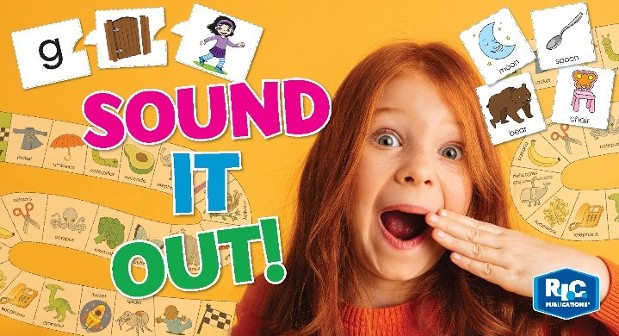- Sunday 07 October 2018
- 0 Comments
We want children to hear individual sounds and learn to blend them to make words for reading and writing. Teachers routinely exaggerate the sounds in words to help students hear them more clearly.
But have you considered that when you stretch out sounds for segmenting or blending, you may actually be doing it incorrectly? And, thus, making it more difficult for your students to learn the sounds and blend them?
Do you know the difference between continuous and stop sounds and how these should be pronounced? If you don’t then read the information below. You might find another way to help your students!
Continuous sounds are those that can be lengthened and held for a long time, for example, /m/. Words that start with continuous sounds are much easier for children to sound out and blend than those beginning with stop sounds, so it’s best to start blending using these. Continuous sounds include both (short) vowels and some consonants.
Stop sounds are sounds that must only be said for the shortest amount of time (otherwise the sound changes). They should not be elongated or held continuously. Stop sounds include some consonants and no vowels. These sounds are more difficult to blend without changing the sound, so introduce them gradually (and say them correctly!) Keep these sounds at the end of words so there’s no risk of elongating them!
Check out the table below for specifics.
Blending becomes more difficult if stop sounds are distorted. And haven’t we all have done this at some time or other! When stop sounds are distorted, an extra sound is added. It really means that instead of saying /p/ or /d/, it ends up sounding like /puh/ and /fuh/. (Makes it really have to blend sounds like /puh/ /e/ /t/, doesn’t it!!)
If this piques your interest, here’s some more resources to help you:

.JPG)